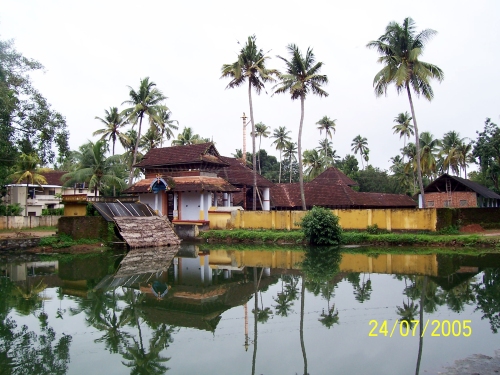Rasāla, a new Sanskrit publishing venture I have just set up, will be bringing out an anthology of poetry on the night, entitled ‘Śarvarī’. For this, we would like to invite all Sanskrit enthusiasts to submit verses – either their own compositions of those of their favourite poets.
The best 108 verses submitted will be published in the 2012 Rasāla anthology. Those whose verses are selected for the anthology will be duly credited; they will also each be given a free copy of the book. Those verses not selected will be published on Rasāla’s website.
Full details are given in the announcement below (in English and in Sanskrit). Please visit the Rasāla website for more details and to see the verses submitted so far.
——————————————————————————————————–
Call for Poetry Submissions
Rasāla is a new Sanskrit publisher which publishes India’s most beautiful forgotten poems alongside contemporary English translations. We would like to invite you to submit verses – either your own compositions of those of your favourite poets – for the annual Rasāla anthology. This year’s anthology is entitled ‘Śarvarī’ or ‘Night’.
Submitted verses should be on the theme ‘Night’ – for instance descriptions of the sunset, moonrise and onset of darkness; the meeting of lovers by night; the blooming of waterlilies and so on. You are encouraged to send verses which are artistically beautiful – imbued with rasa and rich in figures of speech – as opposed to those focused more on morals or instruction.
Please send your submissions either to venetia@rasalabooks.com or, by post, to Rasāla, A303 Raheja Regent, 35 Coles Road, Fraser Town, Bangalore 560 005. Phone: +91 997230 5440. Please note your name and contact details and also include the name and any other details of the poet whose verses you are submitting.
The best 108 verses submitted will be published in this year’s Rasāla anthology. Those whose verses are selected for the anthology will be duly credited in the book; they will also each be given a free copy of the book. Those verses not selected will be published on Rasāla’s website.
For more information, please visit www.rasalabooks.com.
सूचना
रसालाख्यं नूतनसंस्कृtतप्रकाशनं भारतवर्षस्यादृष्टपूर्वाणि विस्मृतानि सुन्दरतमानि च काव्यान्यांग्लभाषायानूद्य प्रकाशयति । भवन्तो रसालप्रकाशनस्य पद्यावल्याः कृते स्वरचितानि पद्यान्यन्येषां कवीनां (प्राक्तनानामधुनातनानां वा) च पद्यानि प्रेषयेयुरित्यस्माकं सविनया प्रार्थना । अस्याः पद्यावल्याः ’शर्वरी’ति नाम अस्माभिर्दत्तम् ।
पद्यानि रात्रिसम्बद्धानि भवितुमर्हन्ति – यथा सुर्यास्तचन्द्रोदयतिमिरादीनां वर्णनम्, रात्रौ कामिनोः समागमः, कुमुदादीनां विकास इत्यादि । पद्यानि रसमयानि अलङ्कारचमत्कारयुक्तानि भवेयुः । यथाशक्ति नीत्युपदेशसहितानि पद्यानि वर्जनीयानि ।
venetia@rasalabooks.com प्रति पद्यानि प्रेषयेयुः | aअथवा Rasāla, A303 Raheja Regent, 35 Coles Road, Fraser Town, Bangalore 560 005. Phone: +91 997230 5440 प्रति पद्यानि प्रेषयेयुः | स्वसन्देशपत्रे नामसङ्केतसम्पर्काणां सूचना दातव्या । कवेर्नामाद्यपि तत्रैव दातव्यम् ।
एतेषां प्रेषितानां पद्यानां मध्ये १०८ उत्तमानि पद्यानि शर्वरीनाम्न्यां रसालपद्यावल्यां प्रकाशितानि भविष्यन्ति । येषां पद्यानि पुस्तकार्थं चितानि तेषां नामाद्यपि पुस्तके लिखितं भविष्यति । तेभ्यः पुस्तकमेकमपि दीयते । यानि पद्यानि पुस्तकार्थं न चितानि, तान्यपि रसालप्रकाशनस्य अन्तर्जालस्थाने प्रकाशिष्यन्ते ।
इतोऽपि विज्ञप्तिप्राप्तये www.rasalabooks.com कृपया पश्यतु ।






